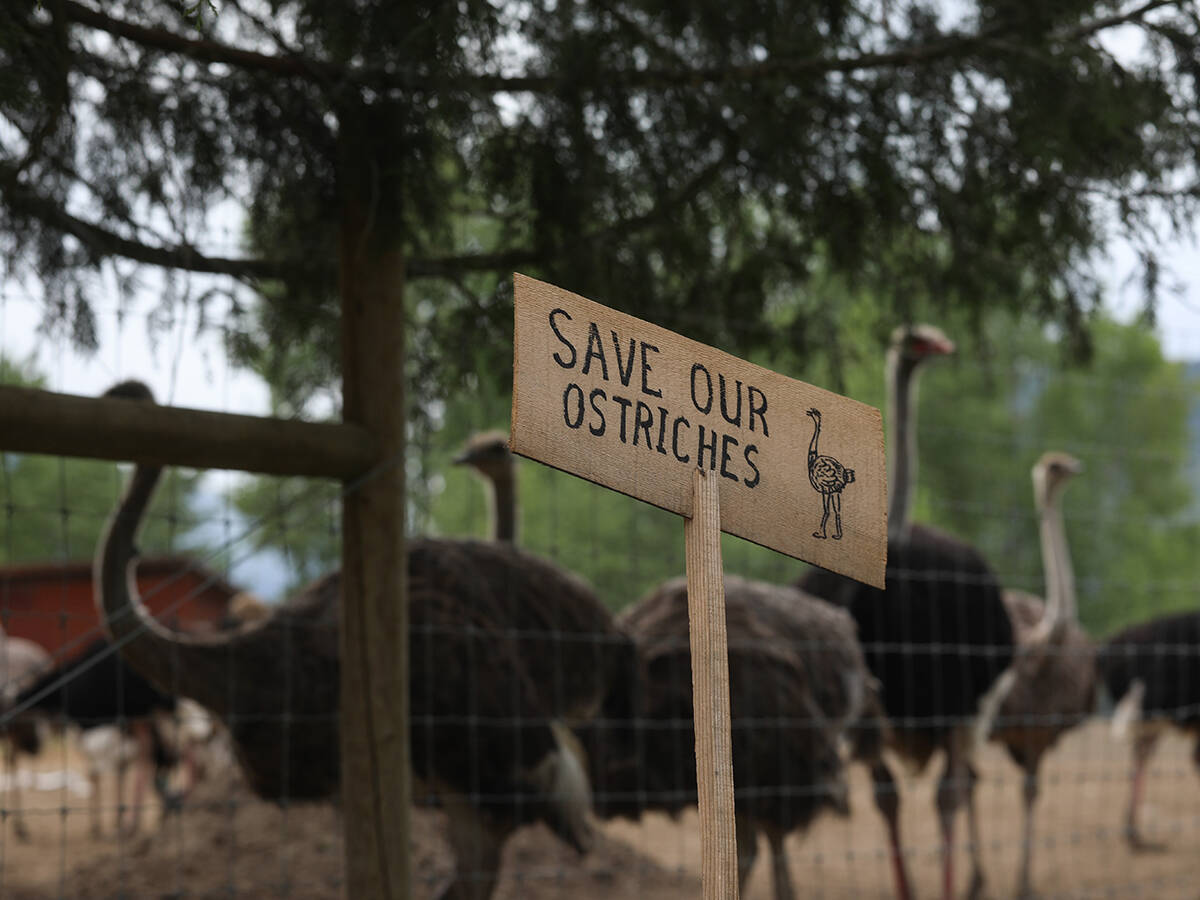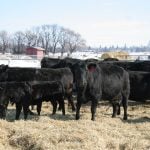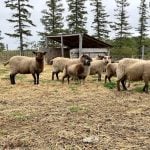If Lynn Cornwell could work out a deal with his banker and an Alberta feedlot, the Montana cow-calf producer would have a load of feeder calves ready for export tomorrow.
For Cornwell, who ranches near Glasgow, the Northwest Pilot Project is the most sensible idea he has heard in a long while.
The deal allows feeder cattle from the states of Montana, Washington and Oregon to cross the Canadian border freely without paying $24 a head for health tests for diseases like brucellosis and anaplasmosis.
As president of the Montana Stockgrowers Association, Cornwell believes the ability to ship feeder cattle across the 49th parallel is one way to relieve tension over the hundreds of Canadian cattle liners crossing Montana bound for feedyards and slaughter plants in the American Midwest.
Read Also

Ostrich farm case shows power of social media
The social media circus surrounding the BC ostrich farm, could happen again in Canada, says communication expert
Canada shipped a record 1.3 million slaughter cattle south in 1996.
Cornwell and his open mind on the issue are in the minority right now. He said it will be awhile before all Montana producers believe Canadians are not usurping their markets.
“It will be a long time coming. The producers in Montana who live next to the highway see those trucks day after day,” said Cornwell. “It’s a lot harder for people to be positive than it is negative and they see those trucks as a negative impact.”
Some academics estimate this pilot project could draw as many as 200,000 American cattle north across the line. However, so few cattle have moved north so far that there are no official statistics.
The strong U.S. dollar is partly to blame for the slow start because it is more costly for Americans to sell competitively into Canada than the reverse.
It means that for some time, the focus will continue to be on the flow of cattle south.
And with a strong dependence on access to the U.S. market, prairie cattle producers can only get edgy when they hear about American politicians like congressman Rick Hill, who recently told Montana cattle producers that trade rules unfairly favor Canada.
Able to expand
Nevertheless, Cornwell sees the pilot project as positive because the huge Alberta feeding industry and two large packing plants at Brooks and High River can easily handle additional cattle.
Even with a 70 cent Canadian dollar, other costs make the concept feasible.
“The freight differential is significant. It’s $1 a hundredweight to get from Montana to Lethbridge versus $3 per cwt. to get to Nebraska,” said Jim Peterson, executive vice-president of the Montana Stockgrowers.
Montana lacks a packing industry although it produces 1.7 million feeders annually. About one million animals are shipped to Texas, Colorado, Kansas and Nebraska for finishing at a freight cost of $1,500 to $1,800 (U.S) per truckload.
Another advantage to feeding in Canada is that local barley is cheaper than midwestern U.S. corn.















